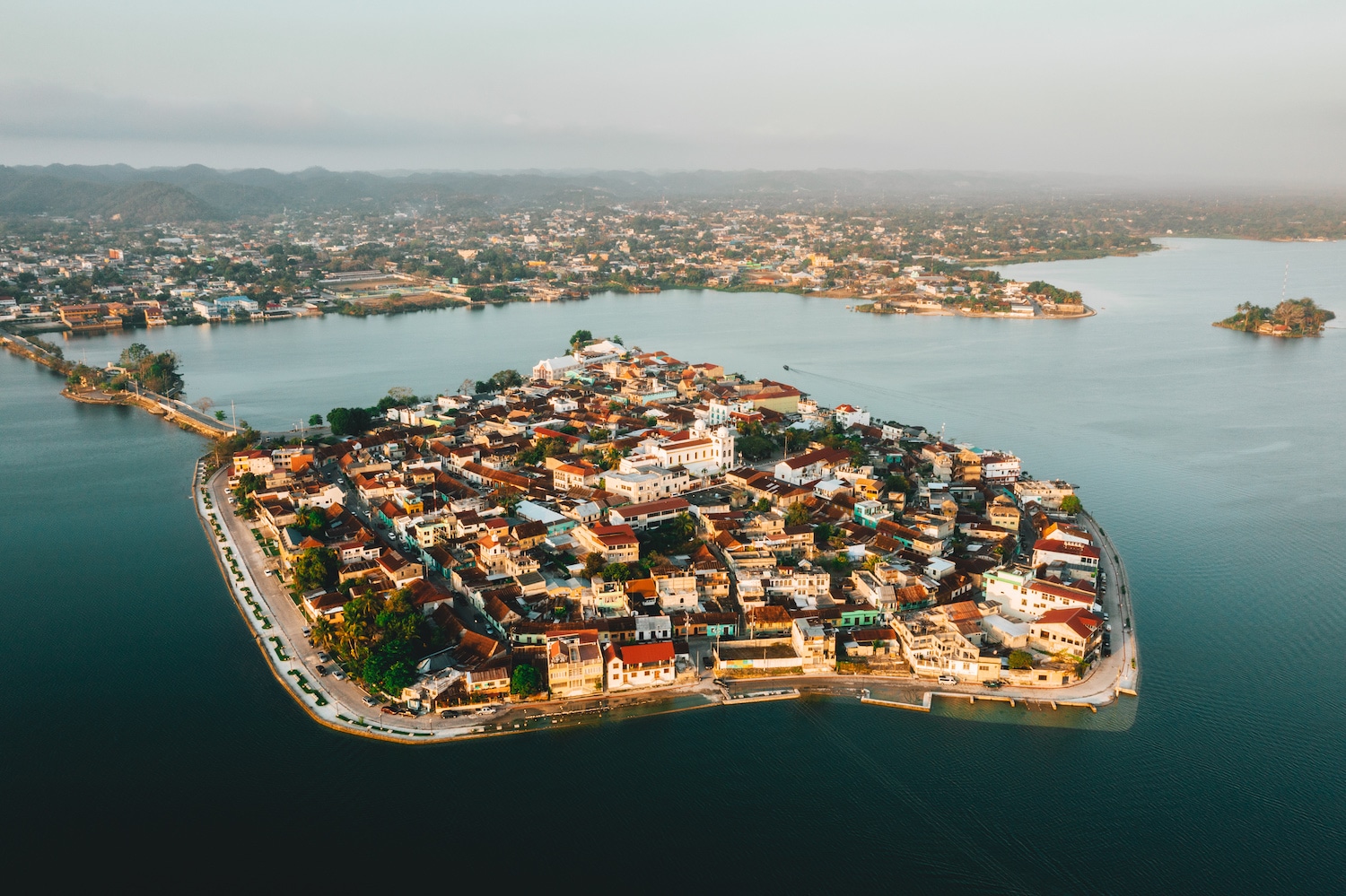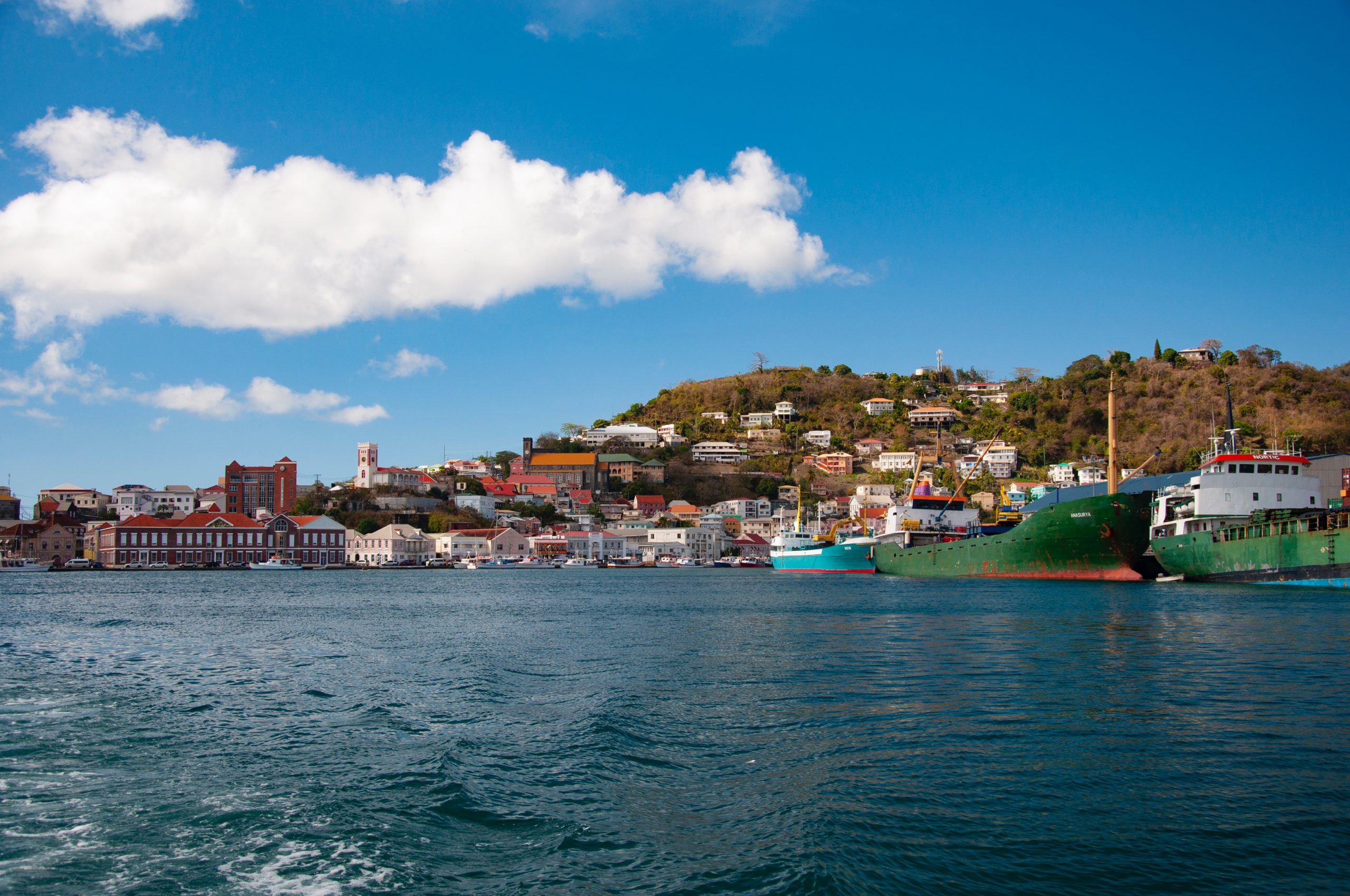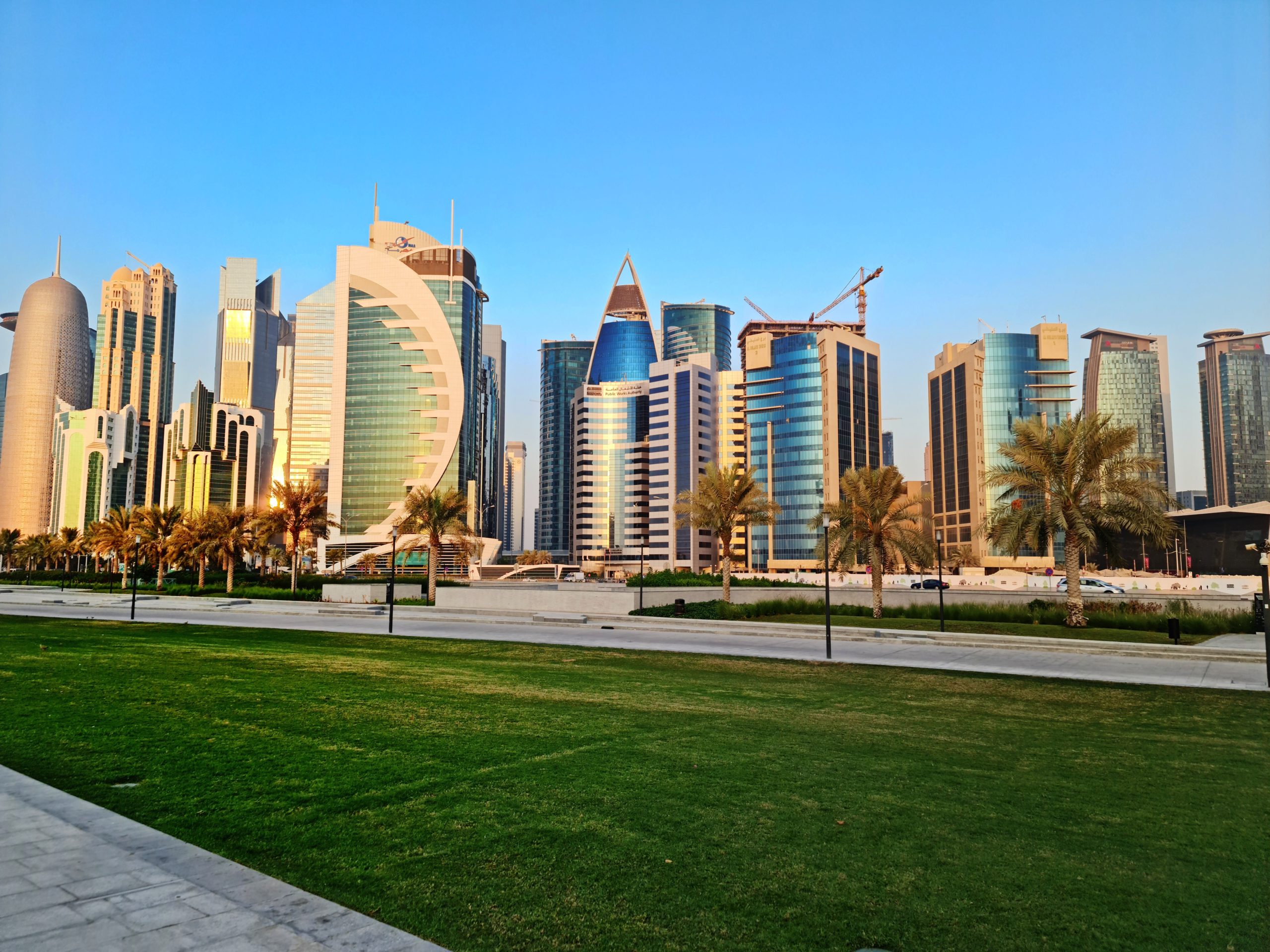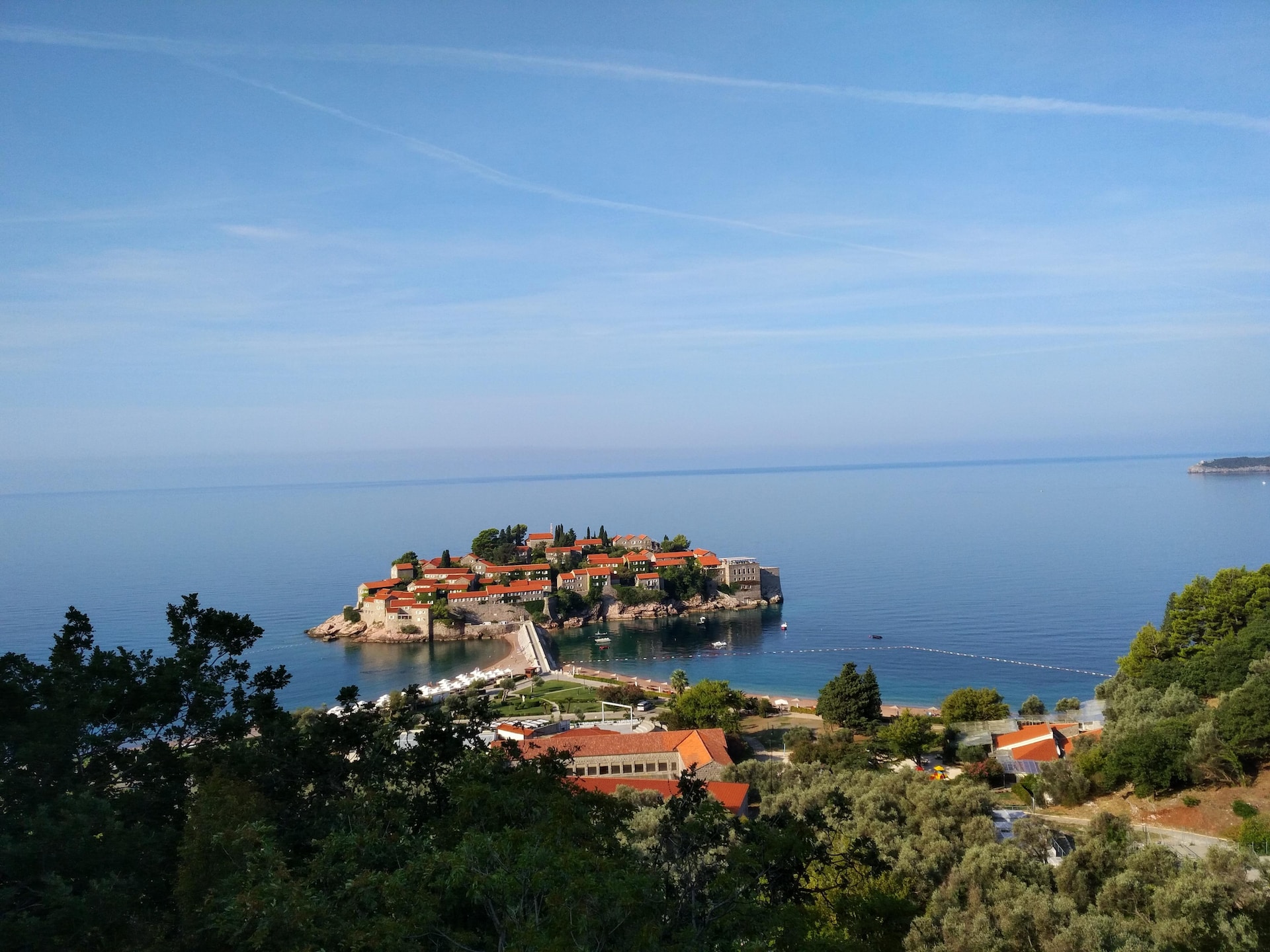Angola has had significant growth in recent years, particularly with regard to oil production, but that doesn’t mean there aren’t many prospects for other industries as well. Angola currently offers a wide range of options available, both from the government and through private partners, ranging from manufacturing to agriculture.
There are many business prospects in Angola, and one of the biggest advantages of conducting business there is the country’s abundance of natural resources. Among the natural resources are diamonds, oil, gas, limestone, salt, iron ore, copper, tin, and cobalt. In actuality, these resources account for around 25% of Angola’s GDP. If you do your homework and pick wisely when you enter the market, there are many opportunities to be had.
This article will provide you with all the knowledge you need to take advantage of business prospects in Angola!
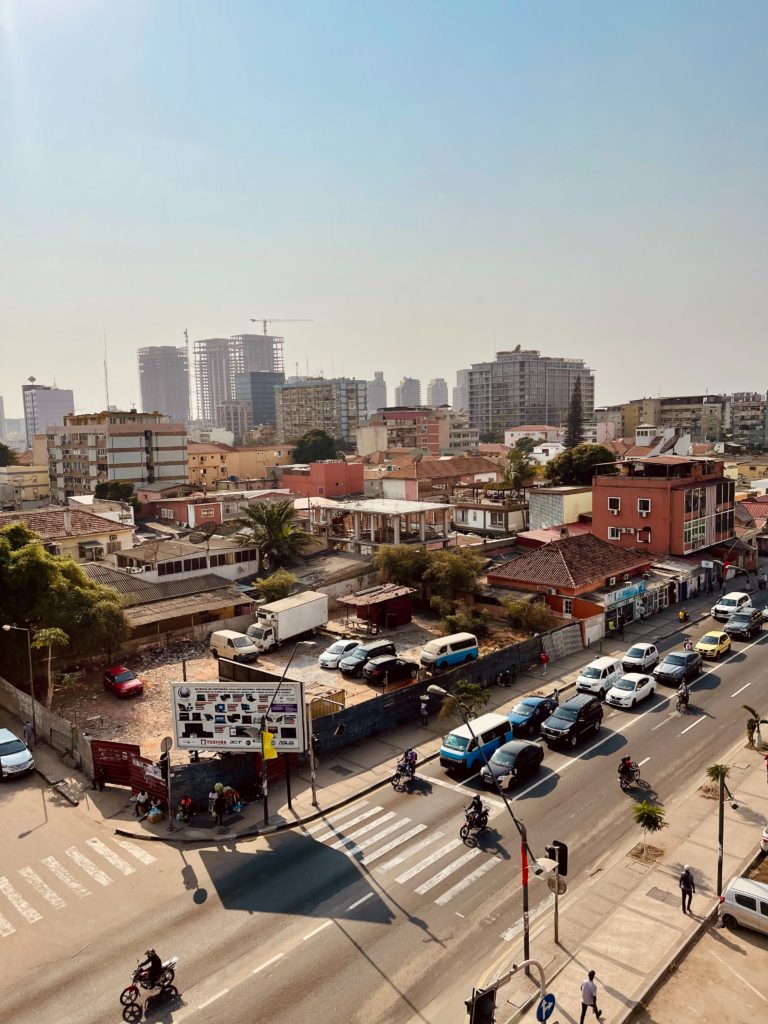
Agriculture, forestry, and fisheries
In previous Angola has demonstrated to be a world power in terms of agricultural production and at one point was the world’s fourth largest coffee producer however this is not the case now. According to some farmers and agriculturalists, barely 3% of their arable land is now under cultivation. As a result, Angola has tremendous potential, yet the sector’s performance is closely related to how the civil war plays out. Angola’s government has prioritized the restoration of coffee farms. Angola has made efforts in this area and has enlisted the help of the World Food Programme agency.
Tourism industry
With its tropical climate, beaches, rivers, mountains, wildlife, and cultural attractions, Angola has a lot of potential to develop its tourist sector. However, this industry has not yet started to develop seriously. The region still has a challenging time getting visas. Even though the area’s animal resources have been severely depleted, numerous species, from elephants to the rare gigantic Palanca, still roam freely in Angola. The enormous geographic variety, which ranges from inland highlands and lakes to tropical beaches, is certain to be a big lure. In Angola, many traditional crafts are quite distinct from those in other parts of Africa. Some of these crafts are made of ivory, wood, metal, ceramics, and other materials.
Electricity industry
The power sector in Angola has a lot of room to expand. The present expanding demand for electricity is predicted to be 12.0 percent each year, notwithstanding the collapse of the world economy. A major driving force is anticipated to continue to be the national reconstruction program. The Capanda dam began operating in 2004, nearly doubling the nation’s electrical capacity and ushering in a new era for the Angolan electricity sector. The country’s electrical business has expanded as a result of rapid economic growth. The generation of hydroelectricity, which is still in its infancy in Angola, offers enormous potential. The government of Angola is under increased pressure as a result of the undeveloped industry to assist in its reconstruction through a reconstruction program.
Minerals
Diamonds: According to the top geologists in the world, Angola’s alluvial deposits could contain 130 million carats of diamonds. In 2006, Angola was the world’s fifth-largest producer of diamonds. The nation boasts at least six virgin kimberlite gold mines, which are among the ten largest in the world and contain an estimated 180 million carats of gold with a market value of many billions of dollars. Angola was referred to as one of the greatest world treasures among developing nations due to its abundant golden deposits, iron, phosphates, manganese, copper, leads, quartz, plaster, marble, black granite, beryl, zinc, and numerous strategic minerals.
Agribusiness
The long history of agriculture in Angola is unknown to many investors. Angola was a significant exporter of a wide range of agricultural goods before the civil war, including coffee, maize, tobacco, and rice. Angola rose to become the fourth-largest exporter of coffee in the world in the early 1970s. The country’s research capacity was supported by strong rural and agricultural trade, a favorable climate, a vast supply of water sources, including abundant rainfall and surface water, and fertile soil.

